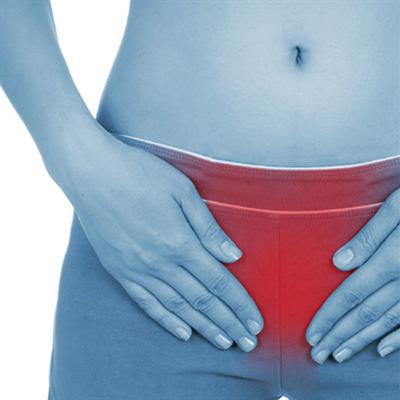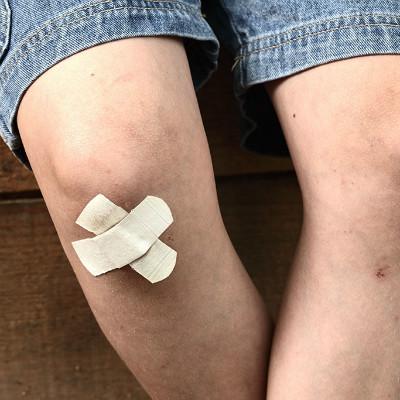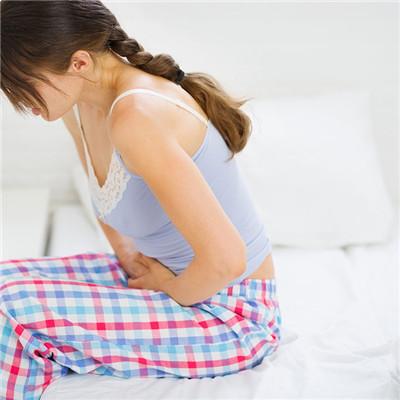What symptom does darling upper respiratory tract infection have?
summary
When sending children to kindergartens and primary schools, it's not difficult to avoid some children suffering from cold symptoms. However, children are still young and don't know how to prevent and avoid being infected, so they often lead to a cold, infecting a large area of the situation. The more serious situation is that children will get upper respiratory tract infection, Let's take a look at the symptoms of baby's upper respiratory tract infection? Let's talk about it.
What symptom does darling upper respiratory tract infection have?
Children's recurrent respiratory tract infection is a strict diagnostic criteria, not a child a cold more or recurrent respiratory tract infection. Children aged 0 to 2 years old had 7 upper respiratory tract infections or 3 lower respiratory tract infections each year; For children aged 3 to 5, there were 6 upper respiratory tract infections or 2 lower respiratory tract infections per year; For children aged 6 to 12, there are 5 upper respiratory tract infections or 2 lower respiratory tract infections per year.
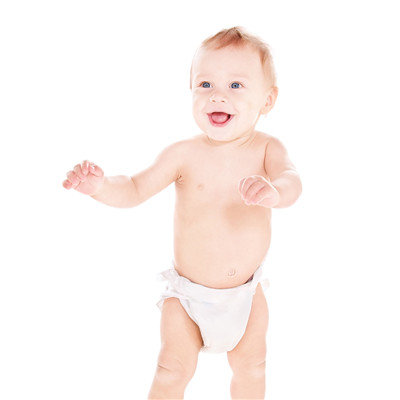
At the same time, the interval between two respiratory tract infections should be at least 7 days before the diagnosis of upper respiratory tract infection. In addition, if the number of upper respiratory tract infections does not meet the diagnostic criteria, the number of respiratory infections can be added. Children meeting the above criteria can be diagnosed as recurrent respiratory tract infection.
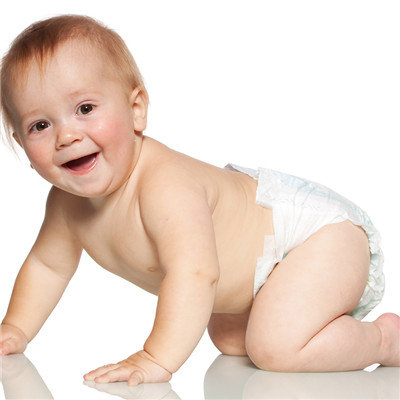
When the doctor asks the parents about the time and times of the child's illness, if the parents just say "probably" or "almost", but can't give a definite answer, it's actually very bad for the diagnosis and treatment of the child. Therefore, whenever the child is sick, parents should carefully make a record of the disease in order to provide reliable information for doctors.
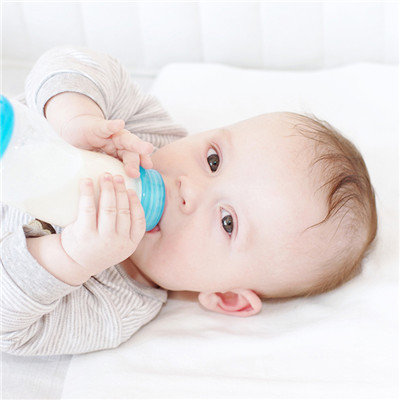
matters needing attention
More water: due to different degrees of fever, water evaporation, should pay attention to give children more water. It can be supplemented with sugar water or salt water, rice soup and egg soup. The diet is mainly semi liquid to increase body water and meet the needs of the body. Adequate nutrition: large consumption of nutrients, combined with fever and bacterial toxins affect gastrointestinal function, poor digestion and absorption, so the lack of nutrition in children can not be ignored. In this regard, parents should take a small number of meals for children, and give them a light, nutritious, balanced and easy to digest semi liquid or liquid diet, such as porridge, boiled noodles, egg soup, fresh vegetables, fruit juice, etc.




